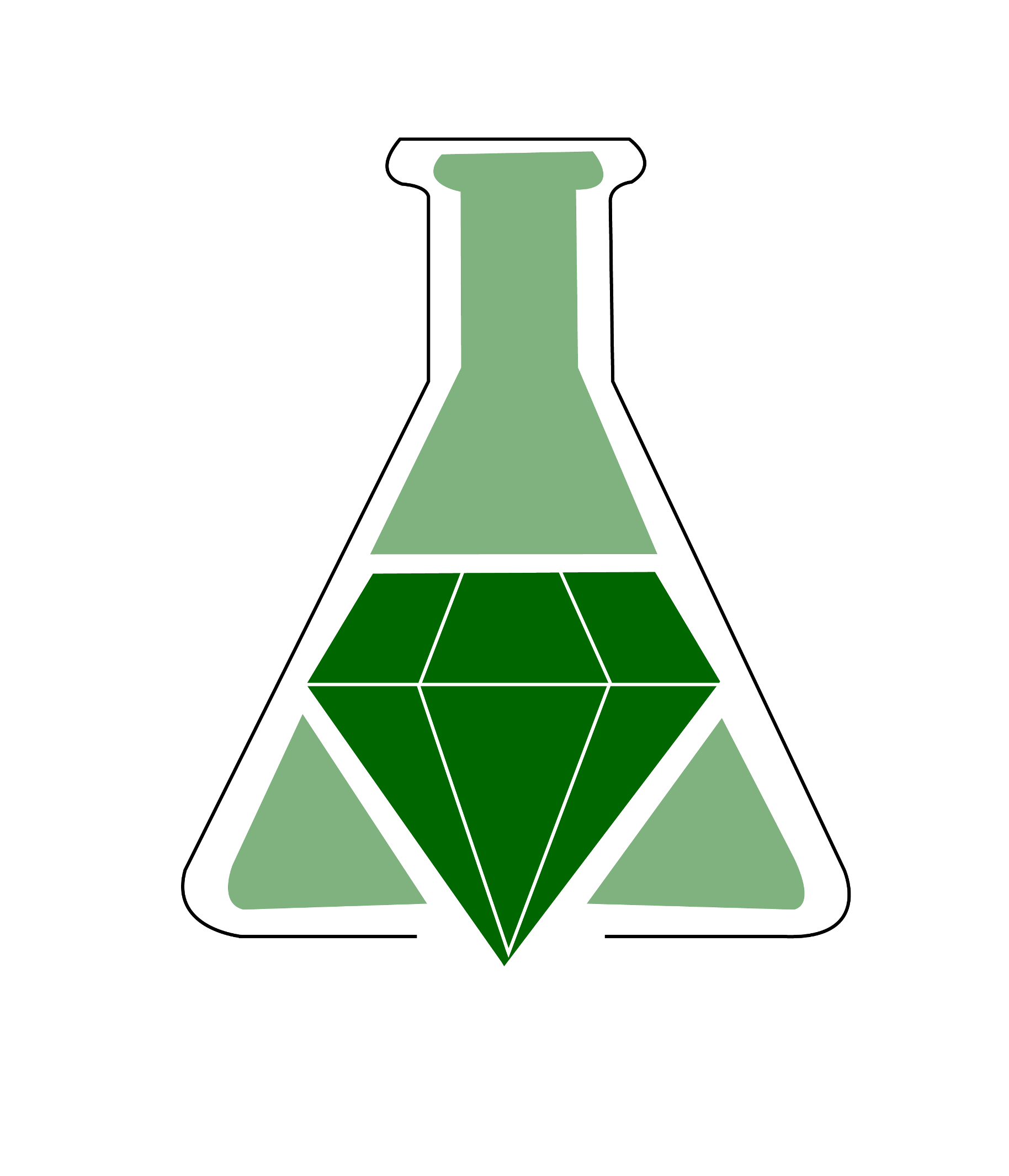One-Pot Synthesis of 7-Hydroxy-3-carboxycoumarin in Water

Summary
Coumarins represent an important class of natural and synthetic derivatives with interesting biological activities. The 3-carboxycoumarins have been intensely studied because new functionalities can be easily added via the carboxyl group. During this laboratory exercise, students prepare 7-hydroxy-3-carboxycoumarin using a one-pot, multi-step procedure in the absence of organic solvents. By using water as a solvent, students investigate the advantages of being able to perform multiple synthetic steps in sequence by simply changing the pH. The ability to isolate desired products by filtration minimizes the use of additional solvents.
The laboratory exercise is appropriate for an undergraduate organic chemistry laboratory course and is designed to accommodate suitable stopping points for two or three lab periods. The multi-step reaction pathway can be monitored by TLC and consists of four fundamental steps, starting with a Knoevenagel condensation and Pinner reaction followed by acid-catalyzed hydrolysis of iminocyanide. After basic hydrolysis of the cyanolactone and subsequent acidification, the reaction mixture yielded 98% pure 7-hydroxy-3carboxycoumarin with an overall yield of 85%. Supplemental materials include detailed experimental procedures, notes for the instructor, and interpretation of the TLC plates. IR and 1H and 13C NMR spectra are also available.
Summary prepared for the original GEMs database May 2005 by Julie A. Haack, Department of Chemistry at the University of Oregon.
One-Pot Synthesis of 7-Hydroxy-3-carboxycoumarin in Water
Francesco Fringuelli, Oriana Piermatti, and Ferdinando Pizzo
Journal of Chemical Education 2004 81 (6), 874
DOI: 10.1021/ed081p874
The laboratory exercise is appropriate for an undergraduate organic chemistry laboratory course and is designed to accommodate suitable stopping points for two or three lab periods. The multi-step reaction pathway can be monitored by TLC and consists of four fundamental steps, starting with a Knoevenagel condensation and Pinner reaction followed by acid-catalyzed hydrolysis of iminocyanide. After basic hydrolysis of the cyanolactone and subsequent acidification, the reaction mixture yielded 98% pure 7-hydroxy-3carboxycoumarin with an overall yield of 85%. Supplemental materials include detailed experimental procedures, notes for the instructor, and interpretation of the TLC plates. IR and 1H and 13C NMR spectra are also available.
Summary prepared for the original GEMs database May 2005 by Julie A. Haack, Department of Chemistry at the University of Oregon.
One-Pot Synthesis of 7-Hydroxy-3-carboxycoumarin in Water
Francesco Fringuelli, Oriana Piermatti, and Ferdinando Pizzo
Journal of Chemical Education 2004 81 (6), 874
DOI: 10.1021/ed081p874
Keywords
Safety Precautions, Hazards, and Risk Assessment
See published journal article
Link to external
